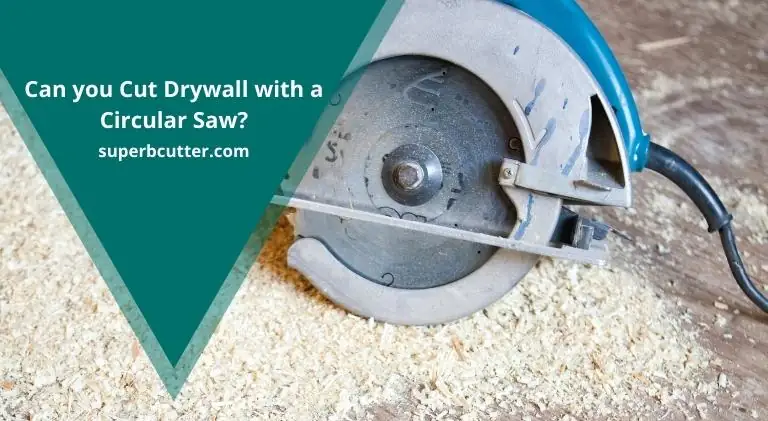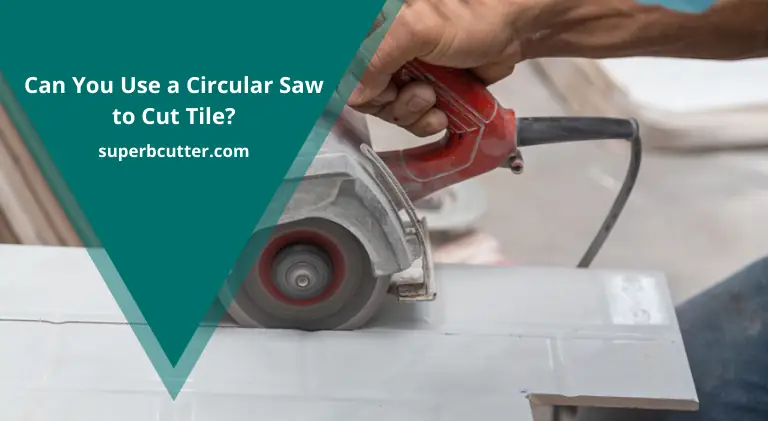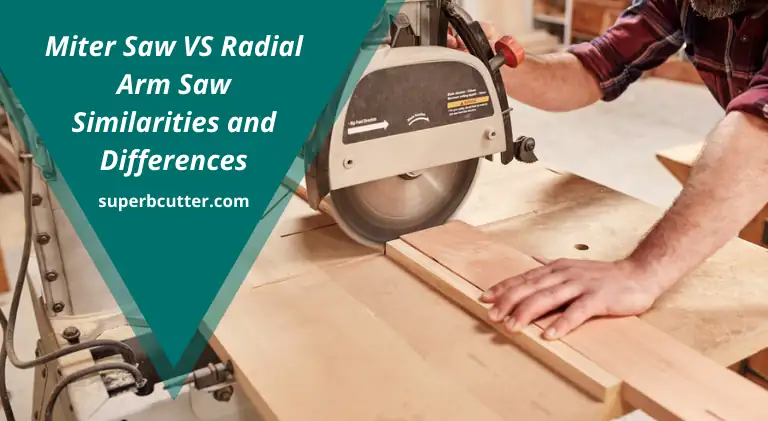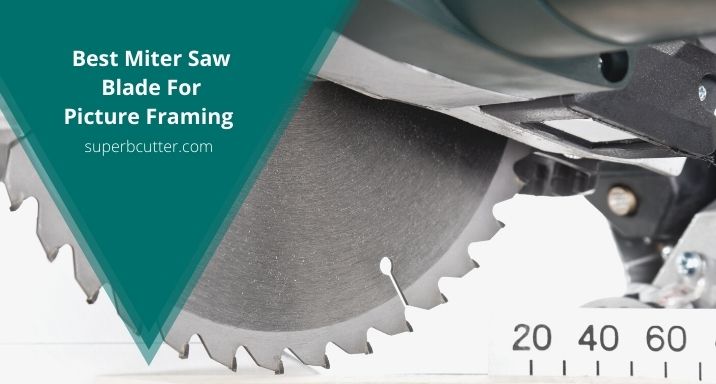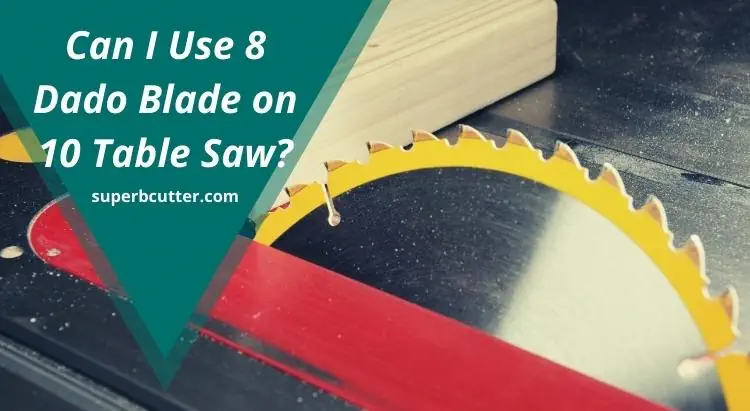Should I Get a Table Saw or Miter Saw First?
Should I get a table saw or miter saw first? This is a question that many people ask themselves when they are trying to decide what type of saw should come next in their workshop.
This article will help you answer this question and it will also cover various other topics like safety, features, etc. The goal is to give you all of the information you need so that you can make an informed decision about which one would work best for your needs.
So without any further ado, let’s get started and see which one should you get after looking at the pros and cons of both types of saws.
Capabilities of a Table Saw

Table saws are generally the larger of the two and they have a table that sits down into which you place your material to work on.
There will be fence rails along both sides for safety precautions. However, not all models come with these so it might require an upgrade if this feature is important to you.
One thing about table saws worth mentioning is that most professional workshops use them. The reason is because it gives you plenty of moving room in front and behind, compared to a miter saw.
This makes sense especially if you want to create long boards or other types of lumber without having to cut multiple times across the board. In addition to this, being able to turn it through different angles while cutting- something a miter saw can’t do.
You should be able to find a table saw that suits your needs rather quickly, with many accessories like dado blades and blade inserts for different purposes.
Lastly, table saws come with a powerful motor to drive the blade and keep it running at high speeds while cutting.
Limitations of a Table Saw

Apart from the capabilities here are some limitations of a table saw :
- You have to work on the ground or a bench because you can’t cut pieces in an upright position.
- The blade is exposed, so it’s not as safe as a miter saw.
- Table saws are more expensive than their counterpart product (the miter saw).
- table saws are not as versatile, so you can’t cut a variety of materials like plywood and particle board.
- It does have the capacity to crosscut boards, but it would be better if you got a circular saw for that task instead because this type of saw is much safer and easier to operate.
- You have to be careful of how much material you’re cutting because the blade will flex when it’s too heavy.
- Since you can’t cut in an upright position, your fingers are always at risk of getting hit by the blade.
- You need a sturdy surface for working so that you can push against and guide the board as it goes through the table saw without damaging or breaking anything.
Capabilities of a Miter Saw

I have mentioned the capabilities and limitations of a table saw. Not it is time to see what a miter saw can do. The first thing about miter saws is that they are much more portable and don’t need a lot of space to work.
A miter saw is great for cutting smaller pieces, like trimming door edges or baseboards with ease. It is also designed for cross cuts so that you’ll be able to get perfect angles on the job site when it comes to making an accurate cut.
In addition to this, a miter saw is much better for precision cuts, which means that you’ll be able to get a more accurate cut with greater detail. Having that said, such kind of precision is very hard if not possible with other power tools.
Portability is another great feature that most miter saws have to offer. This is because they are much smaller and lighter than table saws, meaning that you’ll be able to get more work done on the go in a shorter period of time.
Miter saw also makes it easier for users to make cuts at angles. It means that these power tools can do everything from simple cross cuts like making picture frames or door trim, all the way up to complicated angle cuts like fitting moldings together easily without any hassle.
Miter Saw Limitations
Here are some of the limitations of a using a miter saw:
- A miter saw, by design, cannot make cuts that are over a certain length. This means it can’t be used for ripping boards and cutting long sheets of plywood or anything like that.
- Because this is an electric tool with blades spinning on the top surface as well at the bottom, there’s always some amount of danger involved when using them.
- If you need to cut more than one board to size at once, then a table saw would be ideal to do so without wasting time by constantly changing angles between each piece.
- Miter saw blades also need to be changed out periodically or at least every couple of months when they start showing signs of wear.
Application of a Table Saw
As we all know a table saw is one of the most useful power tools. Here are some projects where a table saw can come in handy.
Rip Cutting:
Rip cutting is the most common cut you’ll do with a table saw. This means that when your wood piece gets bigger at one end, you’ll need to make another cut in order for it to fit. You can do this by using the table saw or a circular saw with an edge guide.
Cross Cutting:
Cross-cutting is when you are creating a piece that’s longer than it is wide. One of the most common pieces to crosscut is wood for a door to fit in a frame.
Dado Cutting:
A dado cut is when you’re creating a space for the blade to go in an irregular shape. When you have two boards that need to be joined at 90 degrees and you want a dado cut make sure they are parallel at one end. Then, the boards should be put together and a dado cutter can then cut out that space.
Kerf Cutting:
Kerf cutting is when you are making a cut on the surface of the wood. This can be done in order to create joints or slots for nails.
Applications of a Miter Saw
Here are some ways you can use your miter saw like a pro:
Cross Cuts:
Crosscuts are when you need to cut parallel lines. A cross-cut with a miter saw is very much like the dado cutting, but instead, you need to cut on both sides of the board, thus creating a cross.
For example, cross cuts are required for a frame of a window.
Miter Cuts:
A miter cut is when you need to make a 45-degree angle from one side. If the wood is thick enough, then use the saw blade to create the cut. If the wood is too thin, then cut it with a handsaw first and use your miter saw to tidy up that side.
For example, miter cuts are required for trimming a window molding to size,
Bevel Cuts:
Bevel cuts are when you need to make a 45-degree angle from one side and the other side is vertical. The bevel cut should always have its flat side on the vertical side.
For example, bevel cuts are required for cutting a door molding to size, when you need more than one piece of molding
Compound Cuts:
Compound cuts are when you need to make two 45-degree angles from one side and the other side is vertical. The compound cut should always have its flat side on the vertical side.
For example, when you are cutting a picture frame to size, and need more than one piece of molding
Miter saw Vs Table Saw Comparison
Now that you know about the limitations and capabilities of both power tools. Let’s compare a miter saw and table saw and see which one do you need for which kind of projects.
Miter Saw:
- The miter saw is great for cutting long pieces of wood to a precise angle.
- It is the same as a table saw but cannot cut boards that are longer than the blade’s length and width. (This means you can only use your miter saw on short lengths).
Table Saw:
- Designed mainly for crosscutting or ripping board-wide boards into narrower ones using an accurate 90° angle.
- Table Saws will not work well with angled cuts like miter saws do unless they come fitted with special jigs designed specifically for this purpose.
- They also lack motorized tilt functions which allow users to make angled cuts without the need for a jig.
- A table saw is better if you want to cut boards of any size, and not limited by blade length or width as with the miter saw.
For a better understanding see the table below. I am sure it will help you understand the two too better and easily compare them.
| Feature | Miter Saw | Table Saw |
| Price | Low | High |
| Space Requirement | Less | More |
| Ease of Use | A bit difficult to use | Easy to use |
| Speed of project | Slow | Fast |
| Cutting Capacity | ||
| Bevel Cut | Yes | Yes (low accuracy) |
| Miter Cut | Yes | No |
| Rip Cut | Yes (depending on the size of the lumber) | Yes |
| Cross Cut | Yes | Yes |
Which one should I get first?
As you can see I have explained the limitations and capabilities of the miter saw as well as table saws. Keeping the above points in mind I would recommend going for a table saw first.
It is because a table saw can do almost everything a miter saw can do. However, it won’t be as precise as a miter saw when it comes to making angled cuts.
However, they are a bit expensive as compared to miter saws. Apart from that, a table saw will require more space in your workshop, unlike a miter saw. Having that said, I can only give you my recommendations.
Of course, you should always keep your budget and available space in mind first. In addition to this, you should also consider the type of projects you usually work on. It is the main factor that will help you make a better decision for yourself.
Final Words:
I have tried my best to answer one of the most important questions: should I get a table saw or miter saw first. To answer this question I have mentioned the pros and cons of both power tools. Keeping those points in view here are my final remarks on a miter saw vs table saw.
A miter saw is a lot cheaper and takes less space. However, it won’t be as versatile due to the fact that it can only make straight cuts.
It will also require an extra investment for certain types of projects like cross-cutting or making angled cuts which are not possible with a miter saw.

